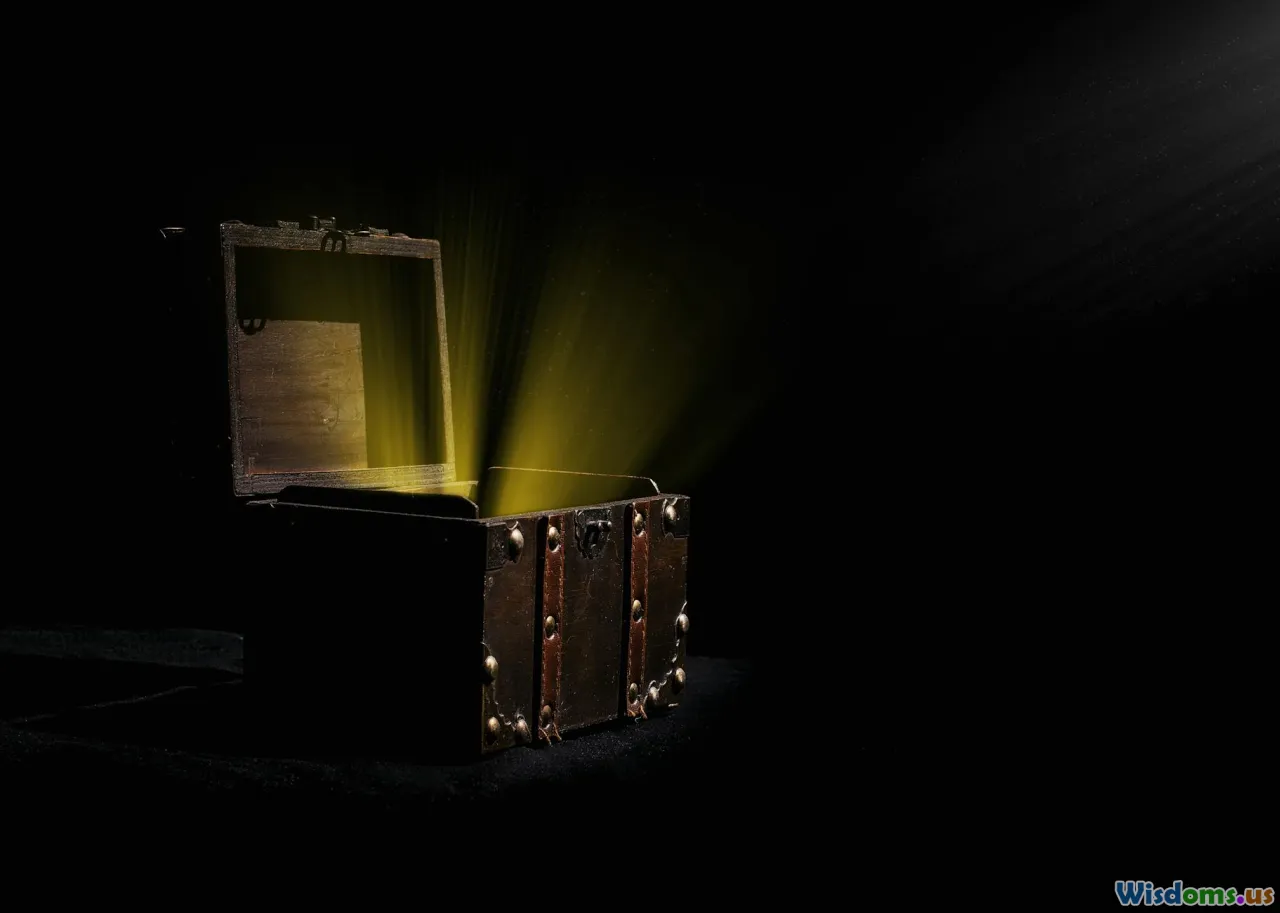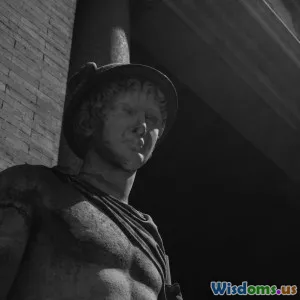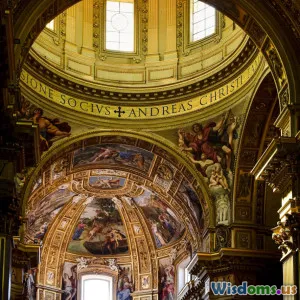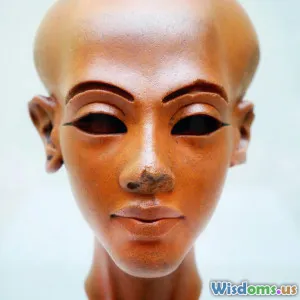
Illusions of the Ancients: A Historical Perspective
6 min read Explore the fascinating history of ancient illusions and their influence on magic and stage mysteries. (0 Reviews)
Illusions of the Ancients: A Historical Perspective
Magic and illusions have fascinated humanity for millennia. Long before Today’s digital dazzles and high-tech stagecraft, our ancestors mastered craft, cunning, and creativity to captivate audiences around the world. In this article, we journey into the origins of illusion — exploring how early civilizations harnessed mysterious techniques to astound observers, blur the line between reality and the impossible, and lay the foundations for modern stage magic.
The Origins of Ancient Illusions
Historical records and archaeological finds reveal that illusions were a vital part of ritual, entertainment, and religious practices across cultures.
Ancient Egyptian Mysteries
Ancient Egypt, renowned for its monumental architecture and mysticism, also cultivated early illusionary arts. Priests used illusions in temple ceremonies — for example, statues that appeared to 'animate' or objects that seemed to vanish and reappear — to convey divine power.
A famous documented illusion involved the magician Dedi, allegedly performing the “Decapitation” trick during the 3rd dynasty (circa 2700 BCE), where he seemingly cut off a bird's head and brought it back to life. Though details are sketchy, this narrative encapsulates how illusion blurred with religious miracles.
Greek and Roman Illusions
The Greeks and Romans pushed illusion into theatrical realms. The ancient Greek theater employed mechanisms such as mechane, a crane-like device that allowed actors to 'fly', generating astonishment with apparent levitation.
Furthermore, documented sleight-of-hand displays and conjuring scenes appear in the works of historians such as Pliny the Elder, who recounted performers making objects materialize or disappear through skillful distraction.
Roman engineer Hero of Alexandria (10–70 AD) advanced automata and mechanical devices that simulated movement, smoke, fire, and even self-playing musical instruments. Such devices often enhanced religious shows or royal feasts, creating environments where reality and fantasy intertwined seamlessly.
Techniques Behind the Ancient Illusions
Ancient performers relied on principles still central to modern magic: misdirection, mechanical ingenuity, psychology, and audience manipulation.
Misdirection and Sleight of Hand
Accounted in texts and reliefs, swift hand movements and controlling audience focus allowed illusionists to conceal or reveal objects at will. The Egyptian Hieroglyphs depict scenes of coin and cup tricks, emphasizing timing to baffle observers.
Mechanical Devices and Automata
Mechanisms using pulleys and hidden compartments were prevalent. For example, temples featured decorated statues that would 'miraculously' pour libations or move facial features—precursors to modern robotics.
Hero’s works like the “Aeolipile” were not just proto-science — they also supported illusions in theatrical or religious experiences.
Psychological Manipulation
Although scientifically formalized much later, ancient magicians instinctively exploited human perception limits — attention, expectation, and surprise — to make their illusions convincing.
Famous Ancient Illusions and Events
Indian Subcontinent: Magic of the Sages
Historical texts and folklore from India describe remarkable magical feats, including levitation, illusions, and fire tricks performed by yogis and magicians. The Indian Rope Trick, immortalized in legend, allegedly showed a boy climbing an invisible rope into the sky, vanishing at the summit.
Though debated whether the literal trick occurred, it symbolizes the ancient culture’s deep connection to mysticism and illusion.
The Chinese Elegance of Illusion
Chinese history recorded performers using shadow puppetry, mirror illusions, and elemental effects like smoke and flame for storytelling and entertainment.
Also notable were the enigmatic 'Nine Dragons Magic Mirrors' which played with light and reflection in intricate ways, casting extraordinary illusions luxuriating in craftsmanship.
The Legacy and Influence on Modern Magic
The shaft of innovation cast by ancient illusions illuminates today’s magic and stagecraft world. Magicians such as David Copperfield have drawn inspiration from ancient mechanisms while pioneering novel technologies.
Modern sleight-of-hand and mentalism owe much to centuries-old understanding of attention and human cognition. Furthermore, contemporary escapology reflects early Egyptian acts where confinement, escape, and restoration dramatized power over fate.
Conclusion: The Enduring Power of Illusion
The ancients taught us an essential truth: magic isn’t purely about supernatural forces but about perception, ingenuity, and storytelling. Their illusions united communities, inspired belief, and heightened drama in rituals and public spectacles.
By appreciating these historical perspectives, enthusiasts today gain an enriched understanding of the art of illusion as both a cultural artifact and a continuously evolving discipline.
Whether carved in stone temples or inked in ancient manuscripts, these illusions of the ancients continue to mystify us — reminding us that magic, at its core, is a timeless dance between reality and the human imagination.
“Magic is not about tricks — it is about creating moments that defy explanation.” – Anonymous
Rate the Post
User Reviews
Popular Posts





















